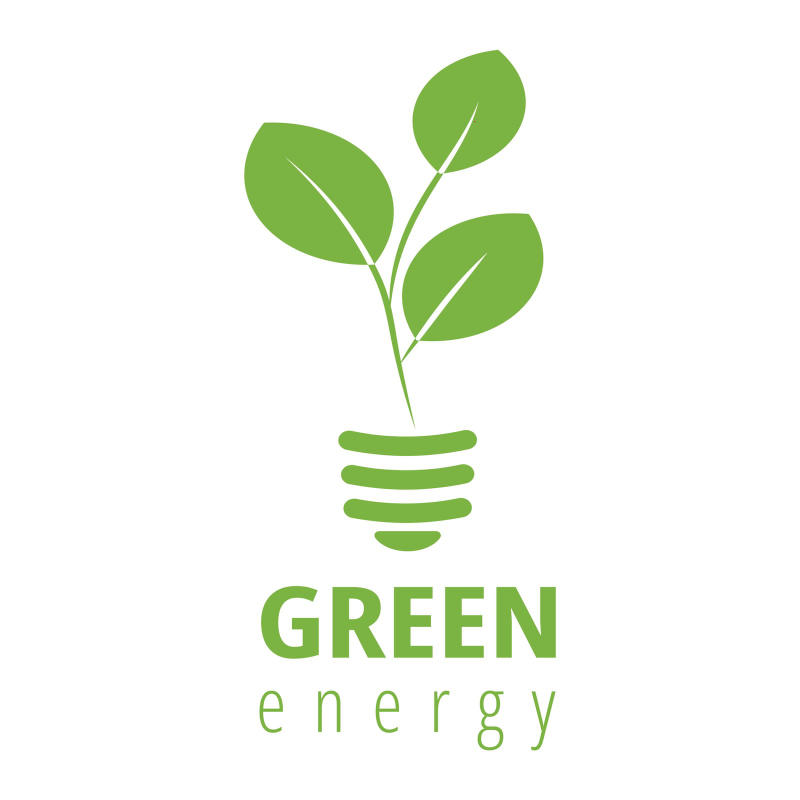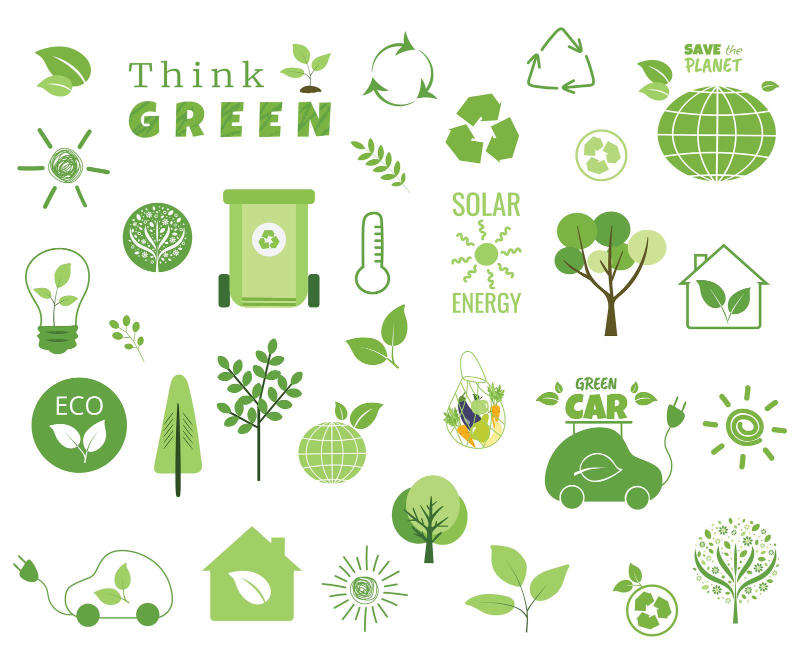Learn effective strategies for hiring and managing a skilled construction team as a General Contractor. Discover essential techniques to build a cohesive and high-performing workforce for successful projects.

Energy Efficiency & Sustainability Building Materials
Introduction to Sustainable and Energy-Efficient Building Materials
As a contractor, you’re likely always looking to improve your buildings’ sustainability and energy efficiency. Choosing suitable building materials is one of the most essential steps to achieving these goals. This guide will explore the best building materials for energy efficiency and sustainability.

Insulation
One of the most significant sources of energy loss in buildings is through poorly insulated walls, floors, and ceilings. Choosing high-quality insulation materials can significantly reduce energy consumption and save on heating and cooling costs. Some of the best energy-efficient insulation materials include fiberglass, cellulose, and foam insulation.
Fiberglass
Fiberglass insulation is the most commonly used type of insulation, and it’s made of spun glass fibers that are typically pink or yellow. Fiberglass insulation is relatively inexpensive, easy to install, and has good sound absorption qualities. However, it’s not the most energy-efficient insulation material, which may settle over time, reducing its effectiveness.
Cellulose Insulation
Cellulose insulation is made from recycled newspaper and treated with chemicals to make it resistant to fire, insects, and mold. It’s an eco-friendly option that can be blown into tight spaces, making it great for retrofitting existing homes. Cellulose insulation is also more energy-efficient than fiberglass but can be more expensive.
Foam Insulation
Foam insulation is a newer type of insulation that comes in two forms: spray foam and rigid foam. Spray foam insulation is typically polyurethane and sprayed onto walls, floors, and ceilings. Rigid foam insulation is made of polystyrene, polyisocyanurate, or polyurethane, and it comes in large panels that can be cut to size. Foam insulation is the most energy-efficient option and has a high R-value (a measure of insulation’s ability to resist heat flow). However, it’s also the most expensive type of insulation, and it can be challenging to install correctly.
Fiberglass insulation
When choosing the proper insulation for your project, weighing each type’s costs and benefits is crucial. Fiberglass insulation may be the most affordable option but may not provide the best energy efficiency. Cellulose insulation is an eco-friendly option, but it can be more expensive. Foam insulation is the most energy-efficient, but it’s also the most costly. Consider the specific needs of your project and consult with a professional to determine the best insulation option for you.




Windows and Doors
Windows and doors are other significant sources of energy loss in buildings. By choosing energy-efficient windows and doors, you can reduce energy consumption and improve the overall sustainability of a building. Look for windows and doors with high R-values, low U-factors, and Energy Star certification.
Regarding energy efficiency in building materials, high R-values, low U-factors, and Energy Star certification are all important factors to consider.
High R-values
High R-values refer to the insulation material’s ability to resist heat flow. The higher the R-value, the better the insulation’s ability to resist heat transfer. This means that buildings with high R-value insulation can better maintain a consistent indoor temperature, reducing the need for heating and cooling systems and saving energy costs.
Low U-factors
On the other hand, low U-factors measure the insulation’s ability to conduct heat. The lower the U-factor, the better the insulation’s ability to resist heat flow. This means buildings with low U-factor insulation can better keep out the external heat, cold, or humidity, reducing the need for heating and cooling systems and saving energy costs.
Energy Star certification
Energy Star certification is a voluntary program that identifies the most energy-efficient products and materials on the market. When a product or material is certified with the Energy Star label, it meets strict energy efficiency guidelines set by the U.S. Environmental Protection Agency (EPA). By using Energy Star-certified building materials, contractors can help clients reduce their energy consumption and save money on utility bills while reducing their carbon footprint.
Roofing
Roofing is another essential factor to consider regarding energy efficiency and sustainability. Choosing the right roofing materials can reduce heat absorption and keep a building cool in hot weather. Some of the best energy-efficient roofing materials include metal roofing, cool roofs, and green roofs.
Regarding sustainable and energy-efficient roofing options, metal roofing, cool roofs, and green roofs are three popular choices.
Metal Roofing
Metal roofing is a durable and long-lasting option that can reflect sunlight and reduce heat absorption, thus keeping the building cool and reducing the need for air conditioning. Additionally, metal roofs are often made from recycled materials and are recyclable at the end of their lifespan, making them eco-friendly.
Cool Roofs
On the other hand, cool roofs are designed to reflect sunlight and absorb less heat than traditional roofs, reducing the amount of heat transferred to the building’s interior. This can significantly reduce energy consumption and costs associated with cooling systems. Cool roofs can be made from various materials, including asphalt shingles, metal, and tile.
Green Roofs
Green roofs are a unique option that involves growing plants on the roof surface. The plants and soil act as a natural insulators, reducing heat transfer and lowering the temperature in the building’s interior. Green roofs can also absorb rainwater, reducing the amount of runoff and improving air quality. While green roofs can be more expensive and require more maintenance than traditional roofs, they offer a unique and sustainable option for those interested in reducing their environmental impact.
Flooring
Flooring regarding energy efficiency and sustainability is often overlooked, but choosing the right materials can make a big difference. Look for flooring materials made from sustainable materials such as bamboo or cork, both renewable resources. These materials also have natural insulating properties, which can help to reduce energy consumption.
Bamboo and cork are popular sustainable building materials for various purposes, including flooring, walls, and countertops.
Bamboo
Bamboo is a fast-growing plant that can be harvested and replenished relatively quickly, making it a sustainable alternative to traditional hardwoods. It is also a durable and robust material that can withstand heavy foot traffic and wear and tear. Additionally, bamboo has natural antimicrobial properties, making it a good choice for areas with high humidity and the potential for mold growth.
Cork
Cork is another sustainable option harvested from the bark of cork oak trees. Like bamboo, cork is renewable and can be harvested without harming the tree. It is also a good insulator, providing thermal and acoustic benefits. Cork flooring, in particular, is soft and comfortable underfoot, making it a popular choice for areas where people will be standing for long periods.
While both bamboo and cork offer many benefits as sustainable building materials, it is essential to note that they may not be suitable for every project or application. It is important to consider cost, durability, and aesthetic appeal when choosing between these materials and traditional options.
Conclusion
Choosing suitable building materials is crucial for achieving energy efficiency and sustainability in your construction projects. By incorporating high-quality insulation, energy-efficient windows and doors, sustainable roofing materials, and eco-friendly flooring, you can significantly reduce energy consumption and improve the overall sustainability of a building. By doing so, you’ll not only help the environment but also save on energy costs in the long run.



